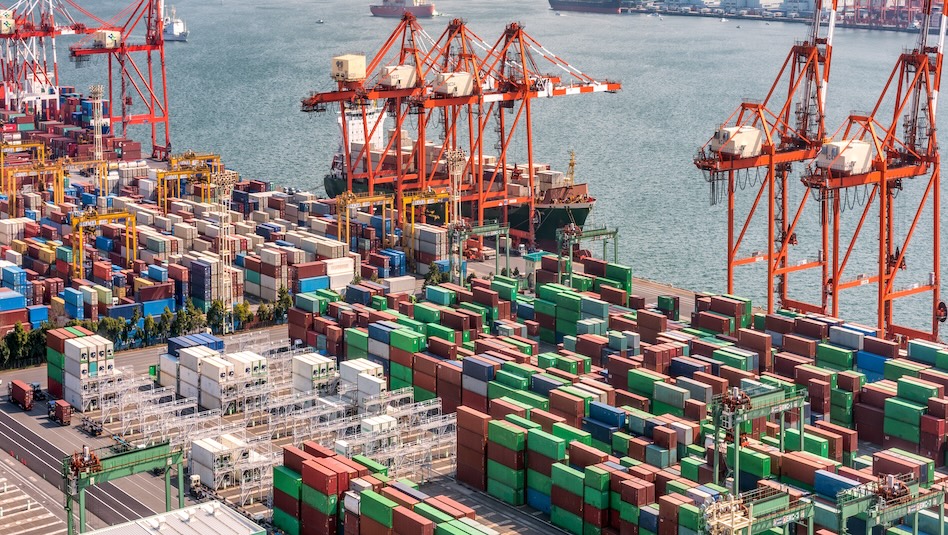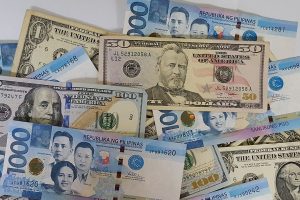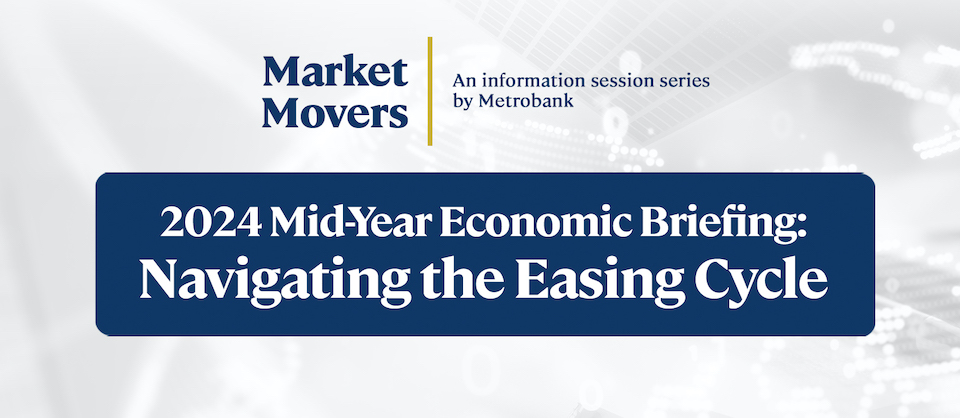




Monthly Economic Update: One for the road
 DOWNLOAD
DOWNLOAD

Inflation Update: Still low, still slow
 DOWNLOAD
DOWNLOAD

Philippines Trade Update: Exports momentum continues
 DOWNLOAD
DOWNLOAD


Peso extends slump vs dollar as oil prices surge

The peso slumped further against the dollar on Thursday to hit a fresh near nine-month low following the sharp increase in global oil prices after US President Donald J. Trump imposed sanctions on Russian oil companies.
The local unit closed at PHP 58.61 versus the greenback, plunging by 20 centavos from its PHP 58.41 finish on Wednesday, Bankers Association of the Philippines data showed.
This was its worst finish in close to nine months or since it ended at PHP 58.66 a dollar on Feb. 3.
The peso opened Thursday’s session weaker at PHP 58.50 versus the dollar. It climbed to as high as PHP 58.47, while its intraday low was at PHP 58.71 against the greenback.
Dollars traded increased to USD 1.68 billion on Thursday from USD 1.29 billion on Wednesday.
“The peso weakened anew on safe-haven demand after US President Trump imposed sanctions on Russian oil companies after the reported failure of peace talks with Russian President Putin,” a trader said in an e-mail.
Oil surged 3% to USD 64.68 a barrel after the US imposed sanctions on major Russian companies Rosneft and Lukoil over the Ukraine war, Reuters reported.
The same day, European Union countries approved a 19th package of sanctions on Moscow that included a ban on Russian liquefied natural gas imports.
The local unit was also dragged lower by a weaker yen as markets await the policies of Japan’s new prime minister, Rizal Commercial Banking Corp. Chief Economist Michael L. Ricafort said via Viber.
The dollar drifted higher against most peers, particularly the Japanese yen, on Thursday as traders waited for the delayed release of US consumer inflation data on Friday and digested trade threats between Washington and Beijing, Reuters reported.
The US currency was last up 0.38% on the yen at 152.44, while the euro was marginally lower at USD 1.1604, largely in the middle of its recent range.
The inflation data are being released despite the shutdown, to assist the US Social Security Administration with its annual cost-of-living adjustment for 2026.
And, although the Federal Reserve’s policy-setting focus has shifted from inflation to the state of the US labor market, the numbers will be closely watched.
Domestic factors also weighed on the yen, which was heading back towards last week’s seven-month low of 153.29 yen per dollar, which it hit earlier this week after Sanae Takaichi, widely viewed as a fiscal and monetary dove, was chosen to lead Japan’s ruling party.
Now that Ms. Takaichi is installed as Prime Minister, the market is awaiting details of a stimulus package in order to trade the fact rather than the rumor.
For Friday, the trader said the peso could continue to depreciate ahead of the US inflation report’s release.
The trader sees the peso moving between PHP 58.50 and PHP 58.75 per dollar on Friday, while Mr. Ricafort expects it to range from PHP 58.50 to PHP 58.70. — A.M.C. Sy with Reuters
This article originally appeared on bworldonline.com





 By BusinessWorld
By BusinessWorld